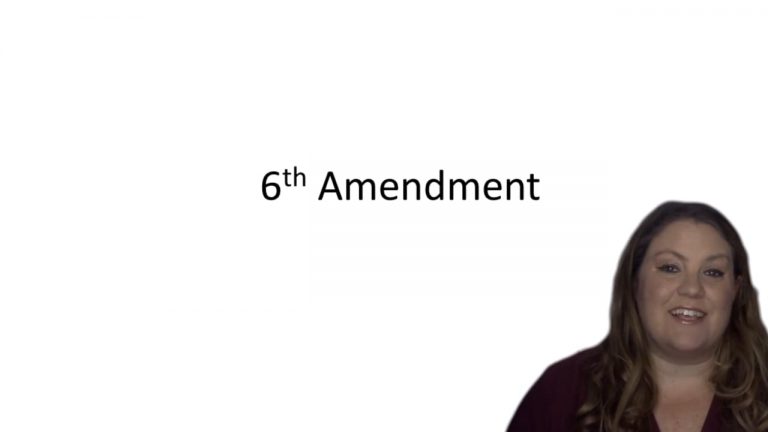SmartBrief
Confirm favorite deletion?
Criminal Procedure Keyed to Dressler
Strickland v. Washington
Citation:
466 U.S. 668, 104 S.Ct. 2052, 80 L.Ed.2d 674.Facts
During a 10-day period in September 1976, the defendant planned and committed three groups of crimes, which included three brutal stabbing murders, torture, kidnaping, severe assaults, attempted murders, attempted extortion, and theft. After his two accomplices were arrested, he surrendered to the police and voluntarily gave a lengthy statement confessing to the third of the criminal episodes. He was appointed an experienced criminal lawyer to represent him.
His lawyer experienced a sense of hopelessness about the case when, against his specific advice, the defendant later confessed to the first two murders. Again acting against the lawyer’s advice, the defendant pleaded guilty to all charges. The defendant also rejected his lawyer’s advice to invoke his right under Florida law to a jury at his sentencing hearing.
In preparing for the sentencing hearing, his lawyer spoke with the defendant about his background. He also called the defendant’s wife and mother, though he did not follow up on the one unsuccessful effort to meet with them. He did not otherwise seek out character witnesses nor request a psychiatric examination. The lawyer decided not to present and hence not to look further for evidence concerning the defendant’s character and emotional state. The lawyer did successfully move to exclude the defendant’s “rap sheet.”
At the sentencing hearing, the lawyer’s strategy was based primarily on the fact that the defendant owned up to his crimes. The lawyer also argued that the defendant had no history of criminal activity and committed the crimes under extreme mental or emotional disturbance, all of which are considered to be mitigating circumstances. The State put on evidence and witnesses largely for the purpose of describing the details of the crimes, and the lawyer did not cross-examine the medical experts who testified about the manner of death of the victims.
Ultimately, the trial judge found numerous aggravating circumstances and no mitigating circumstances. The defendant was sentenced to death. He appealed, arguing that he received ineffective assistance of counsel due to several errors, including the lawyer’s failure to investigate mitigating circumstances and present evidence on his behalf.
Only StudyBuddy Pro offers the complete Case Brief Anatomy*
Access the most important case brief elements for optimal case understanding.
*Case Brief Anatomy includes: Brief Prologue, Complete Case Brief, Brief Epilogue
- The Brief Prologue provides necessary case brief introductory information and includes:
Topic:
Identifies the topic of law and where this case fits within your course outline.Parties:
Identifies the cast of characters involved in the case.Procedural Posture & History:
Shares the case history with how lower courts have ruled on the matter.Case Key Terms, Acts, Doctrines, etc.:
A case specific Legal Term Dictionary.Case Doctrines, Acts, Statutes, Amendments and Treatises:
Identifies and Defines Legal Authority used in this case.
- The Case Brief is the complete case summarized and authored in the traditional Law School I.R.A.C. format. The Pro case brief includes:
Brief Facts:
A Synopsis of the Facts of the case.Rule of Law:
Identifies the Legal Principle the Court used in deciding the case.Facts:
What are the factual circumstances that gave rise to the civil or criminal case? What is the relationship of the Parties that are involved in the case.Issue(s):
Lists the Questions of Law that are raised by the Facts of the case.Holding:
Shares the Court's answer to the legal questions raised in the issue.Concurring / Dissenting Opinions:
Includes valuable concurring or dissenting opinions and their key points.Reasoning and Analysis:
Identifies the chain of argument(s) which led the judges to rule as they did.
- The Brief Prologue closes the case brief with important forward-looking discussion and includes:
Policy:
Identifies the Policy if any that has been established by the case.Court Direction:
Shares where the Court went from here for this case.
Topic Resources
Topic Outline
Topic Refresher Course
Topic Charts & Notes

 4m 2s
4m 2s